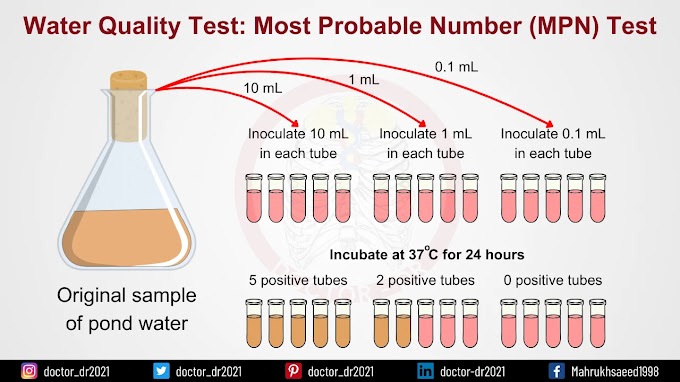Introduction
The world of microbes is vast and fascinating. Microbes are tiny organisms that cannot be seen with the naked eye, but they play a crucial role in the functioning of the natural world. Microbes include bacteria, fungi, viruses, and many other microscopic organisms. They can be found in every environment on Earth, from deep-sea vents to the human gut. In this blog post, we will explore the world of microbes, starting with bacteria and fungi and moving on to other types of microorganisms.
Bacteria
Bacteria are one of the most well-known types of microbes. They are single-celled organisms that come in a wide range of shapes and sizes. Some bacteria are beneficial to humans, while others can cause disease. Bacteria are found in almost every environment, including soil, water, and air.
Beneficial bacteria are used in many ways, including in the production of food and medicine. For example, some bacteria are used to make yogurt and cheese, while others are used to produce antibiotics. Bacteria are also important in the nitrogen cycle, which is the process by which nitrogen is converted into a form that can be used by plants.
Unfortunately, some bacteria can cause serious illness. Bacterial infections can be treated with antibiotics, but the overuse of antibiotics has led to the development of antibiotic-resistant bacteria, which are much more difficult to treat.
Fungi
Fungi are another type of microbe. They are found in a wide range of environments, from soil to water to the human body. Fungi come in many shapes and sizes, from tiny yeast cells to large mushrooms.
Fungi are essential to the functioning of ecosystems. They are decomposers, which means they break down dead organic matter and recycle nutrients back into the ecosystem. Without fungi, dead plants and animals would pile up and nutrients would become trapped.
Fungi are also used in the production of food and medicine. For example, yeasts are used to make bread and beer, while penicillin, an antibiotic, is derived from a type of fungus.
Viruses
Viruses are different from bacteria and fungi in that they are not considered living organisms. Instead, they are tiny particles that require a host cell to reproduce. Viruses come in a wide range of shapes and sizes, and they can cause a range of diseases, from the common cold to HIV/AIDS.
Because viruses require a host cell to reproduce, they are difficult to treat with traditional antibiotics. Instead, antiviral medications are used to treat viral infections.
Other Microorganisms
There are many other types of microorganisms besides bacteria, fungi, and viruses. For example, protozoa are single-celled organisms that are found in water and soil. They can cause diseases such as malaria and amoebic dysentery.
Algae are another type of microbe. They are found in water and use photosynthesis to produce energy. Algae can be beneficial or harmful, depending on the species. For example, some types of algae are used as a food source, while others can produce toxins that are harmful to humans and animals.
Conclusion
The world of microbes is incredibly diverse and complex. Bacteria, fungi, viruses, and other microorganisms play essential roles in the functioning of ecosystems and are used in many ways in human society. While some microorganisms can cause disease, many others are beneficial and are critical to the health of the planet. As we continue to learn more about the world of microbes, we will undoubtedly discover new ways to harness their power and use it for the greater good.

.webp)




.webp)
.webp)
